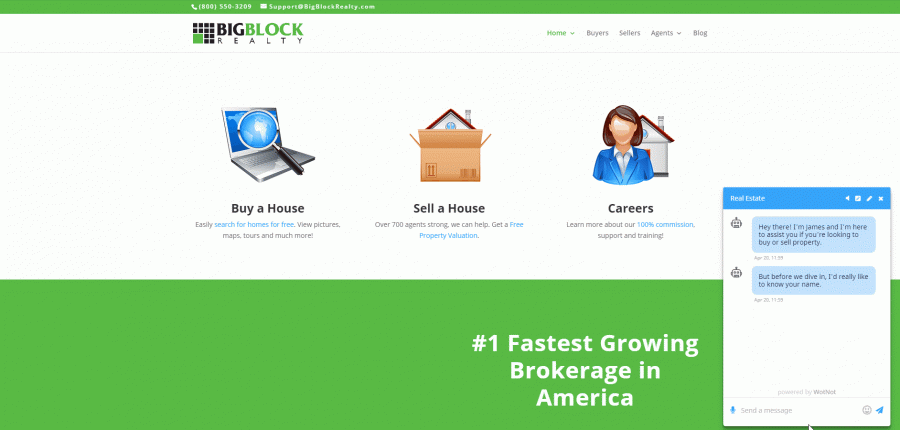Chatbot: who are you?
Have you ever heard of the bot or chatbot? Doesn't it mean anything to you? However, you have certainly already interacted with one of them without perhaps knowing it. Remember your last order on an e-commerce site during the sales.
A chat tab that appears at the bottom of your screen when you've been hesitating for a minute about a product. "Hi, I'm Clara how can I help you?" Here we are, you've been there at least once. A new kind of transactional digital marketing tool.
Chatbot: facilitate the act of buying
If the chatbot is above all a tool to guide the consumer in his user journey, it is above all a tool to quickly convert the act of purchase.
However, as some of you may have noticed, the response times and quality of the answers are not always up to par and the service provided is often disappointing. Bad settings or lack of user experience, the reasons that can explain a bad experience are numerous.
Chatbot: a strategy to think about
Before embarking on the bot adventure, you must first ask yourself the right questions. The user experience is central and the relevance of the tool must be thought through so as not to appear as a simple gadget. Yes, setting up and feeding a bot has a cost and requires a dedicated team of experts.
From Nowhere to Everywhere
Over the past 6 years, the needs and expectations of both companies and customers have greatly evolved. The usual purchase path has gradually given way to an expectation of conversational exchange.
Certain advantages for companies...
On the business side, the benefits of the bot were quickly identified: answers provided 24/7, mobile-friendly interactions and lower costs on the customer support side(12 of the Web's Best Business Bots). It also provides access to a wealth of information to feed FAQs and facilitate engagement with a target.
Let's remember that for a bot to be efficient, it is necessary that it trains and feeds itself thanks to artificial intelligence (machine learning). Moreover, startups are now offering efficient and adapted solutions for companies (e.g.: Askhub)
Which are confirmed by consumers
On the customer side, the behaviors of the younger generations, lulled by digital technology, have affirmed this trend in the links maintained with companies.
We are increasingly looking for immediate answers to our questions, without having to wait for customer support. It is no longer the time to be pressured to make a phone call from a salesperson after 5 minutes on the merchant's site, but the contact tends to be integrated directly into the customer journey.
While response automation is still controversial, we can see that companies have been working hard to improve the customer experience in recent years.
Where do we go from here?
In 2020, the brakes on the omnipresence of bots no longer exist. State institutions are even following in the footsteps of companies by launching their own chatbots. A dynamic that the state wishes to generalize to dematerialize certain procedures such as the platform "My Public Service".
Bots take over the social media field
For the past few years, our daily platforms such as Facebook Messenger have included BtoB chatbots offering an original and business-generating experience. They offer to target different types of prospects with a variety of approaches.
Training, a definite development axis for bots
As previously mentioned, the applications on our smartphones are currently the next hotspots for bots. But other subjects are emerging such as online training or digital learning as part of the ongoing training of professionals.
Learners want flexibility and personalization in their training. Despite many constraints, Instant Learning and Social Learning training courses will be the future drivers of the evolution of bots.




